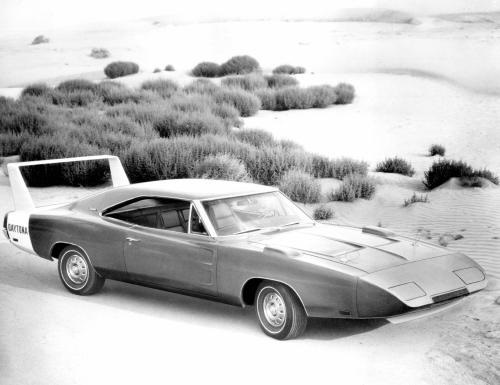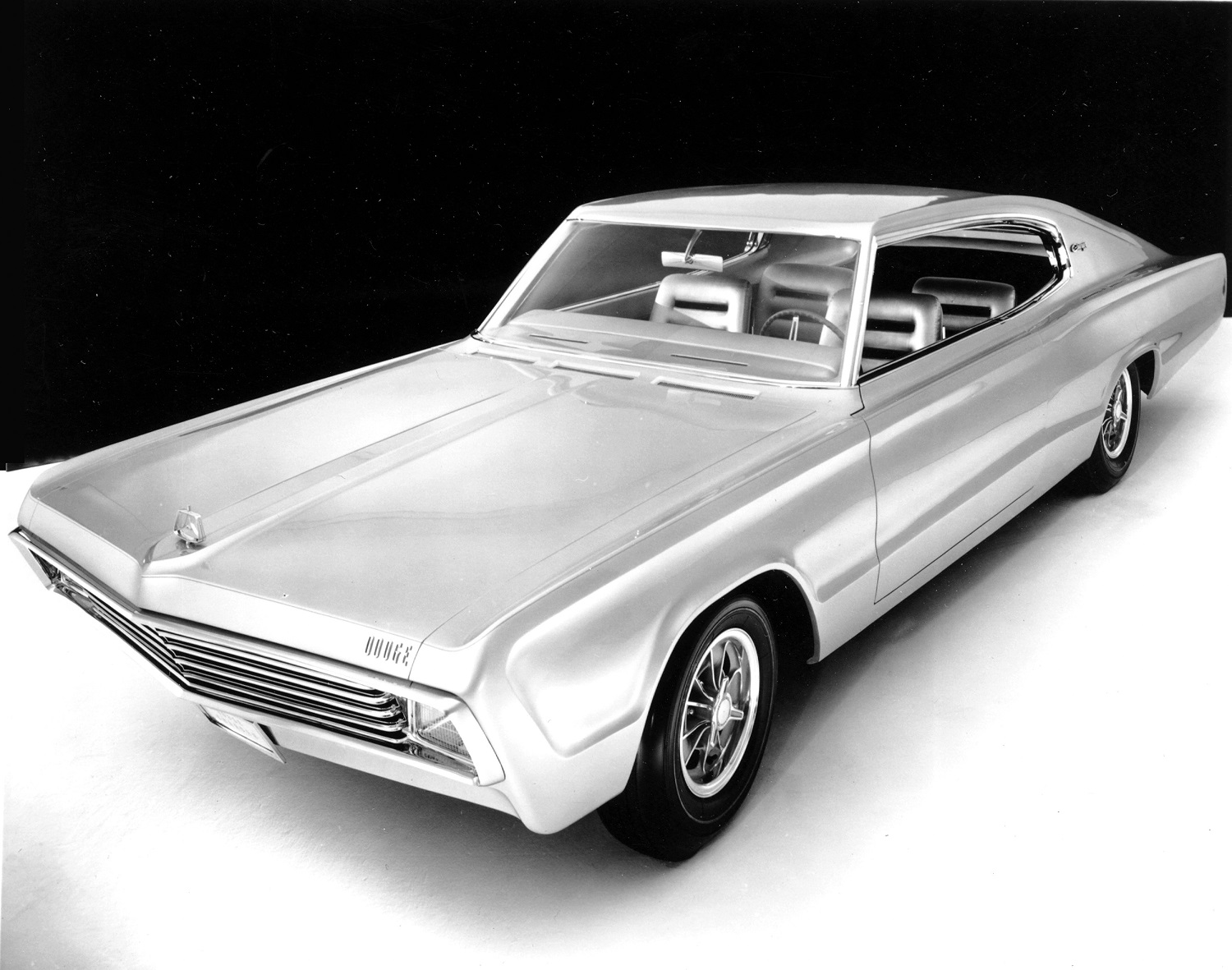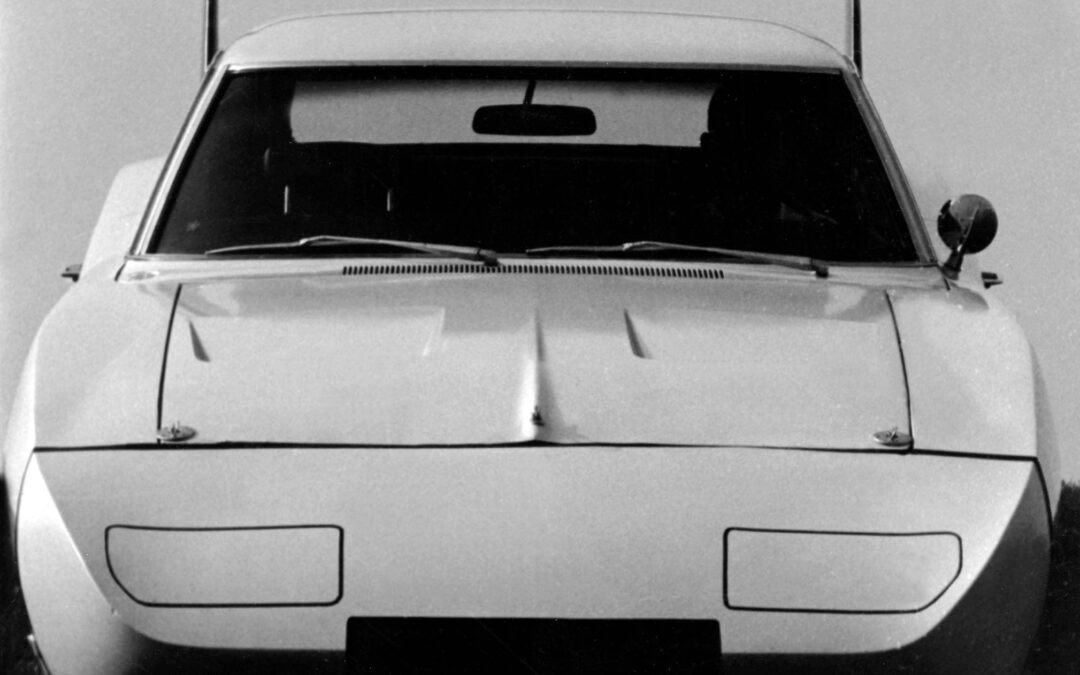
The most conspicuously styled Dodge of all time. (Stellantis)
The 1969 Dodge Charger was the most conspicuously styled Dodge of all times and served as the homologation model for the Dodge stock cars entered in NASCAR races. Only 505 units were built for NASCAR homologation.
U.S. pricing started at $3,860 U.S. dollars.
The road-going version of the model was powered by the 7-liter, 425-horsepower Hemi 426. The tuned race version reached speeds in excess of 200 mph on oval racetracks.
Overview
The Dodge Charger was introduced on Jan. 1, 1966. It was built off the Dodge Coronet chassis, but it had its own fastback body. It featured many styling cues from the Charger II concept car like a fastback roof design and full-width taillamps.
The Charger was positioned to take on AMC’s conceptually similar Rambler Marlin. The Charger was better looking but somewhat more expensive. Pricing ranged from $2,850 to $3,100 — or $22,733 to $24,727 in 2020 dollars.
Significantly, the Charger’s interior was different from all other cars, with a full-length center console and “all bucket seating” front and rear.
Also an innovation, the rear’s pseudo-buckets could be folded down to create interior space accessible via the enormous rear hatch.
The Charger wasn’t intended to compete head-to-head in performance with pony cars but was available with Chrysler’s famed 426 Hemi V8.[9]
The Charger came with a standard 5.2-liter, 318 cubic-inch V-8 engine delivering 230 horsepower. Other available engines included a 265-hp 361 cubic-inch V-8 engine, or a 325-hp 6.2-liter, 383 cubic-inch V-8.
However, it was the availability of a massive 426 cubic-inch Street HEMI engine that provided 425 horsepower and 490 foot-p;ounds of torque that forever defined the vehicle.
The 1969 Dodge Charger body style carried over from 1968 with minor exterior changes like a new grille and taillamps.
The HEMI engine was installed in less than 2 percent of ’69 Dodge Chargers, yet contributed immensely to the image and desirability of the Charger lineup.
The 1969 Charger gained fame as the tire-squealing getaway car driven by Bo and Luke Duke for seven seasons on the TV series, Dukes of Hazzard.

The Dodge Charger featured many styling cues from the Charger II concept car.
Dodge Charger At the Track
The 1969 Dodge Charger 500, featuring a flush rear window to improve aerodynamics, was introduced especially for NASCAR.
The Charger Daytona was introduced in September and built specifically for NASCAR competition.
The Daytona featured a large aerodynamic nose and a huge “wing” spoiler in the rear that stood 58 inches above the trunk.
All Dodge Charger Daytona models were powered by either a 440 Magnum cid or 426 HEMI engine.
Dodge Charger Daytona won its first NASCAR Grand National race at Talladega (Ala.) in September followed by a win at Texas International Speedway.
From September 14, 1969, through the next year, Charger Daytona and the Charger 500 won 45 out of the next 59 races.
The car dominated racing so much that NASCAR eventually placed restrictions on the HEMI engine by forcing the use of carburetor restrictor plates on Chrysler models featuring the HEMI engine and limiting engine displacement to a maximum of 305 cubic inches on Charger Daytona and Plymouth Superbird models.
Driver Buddy Baker, behind the wheel of a HEMI-powered Charger, became the first to top the 200 mph mark on a closed-circuit course in 1970.


